For years, Instagram was seen as a playground for polished beauty standards-perfect skin, tiny waists, and rigid gender roles. But something’s shifted. A new wave of Instagram models isn’t just posting selfies. They’re dismantling what beauty has always been told to look like. And it’s not just about looks. It’s about identity, power, and who gets to decide what’s attractive.
Breaking the Binary One Post at a Time
Traditional fashion and modeling industries have long forced people into two boxes: male or female, muscular or slender, masculine or feminine. Instagram models are refusing to pick a side. Take @jordanthehuman, a nonbinary model from Portland with over 420,000 followers. They don’t wear skirts one day and suits the next-they wear both. Sometimes at the same time. Their feed mixes drag aesthetics with streetwear, high fashion with thrift-store finds. No captions explaining their gender. No apologies. Just: this is me.
It’s not just about clothing. It’s about posing. For decades, male models were shot with clenched jaws and broad shoulders. Female models were angled to look soft, vulnerable, passive. Now, models like @sasha.ink and @tai.malik are flipping that script. They pose with the same confidence whether they’re in a corset or a muscle tee. Their bodies aren’t being curated to fit a fantasy. They’re being presented as real, complex, and unapologetic.
The Rise of the Unfiltered Body
Instagram used to be full of filters that erased stretch marks, hid cellulite, and slimmed hips by 20%. Now, the most engaging posts often have zero filters. Models like @luna.soul and @daniel.body are turning their scars, curves, and asymmetries into content. Luna, a plus-size model who identifies as queer, posts daily photos of her body in natural light. One post showing her stretch marks with the caption "These aren’t flaws. They’re maps of my survival." got 1.2 million likes.
It’s not just about size. It’s about visibility. Trans models like @ariel.xo, who transitioned in 2022, now have over 800,000 followers. They don’t post before-and-after shots. They post in swimwear, in suits, in makeup, bare-faced. Their message? Transition isn’t a spectacle. It’s a life.
Brands are noticing. In 2024, ASOS launched its first gender-neutral campaign featuring seven Instagram models who don’t fit traditional categories. The campaign’s hashtag, #NotJustOneWay, trended globally for three weeks. Sales of gender-neutral clothing jumped 47% in the following quarter.
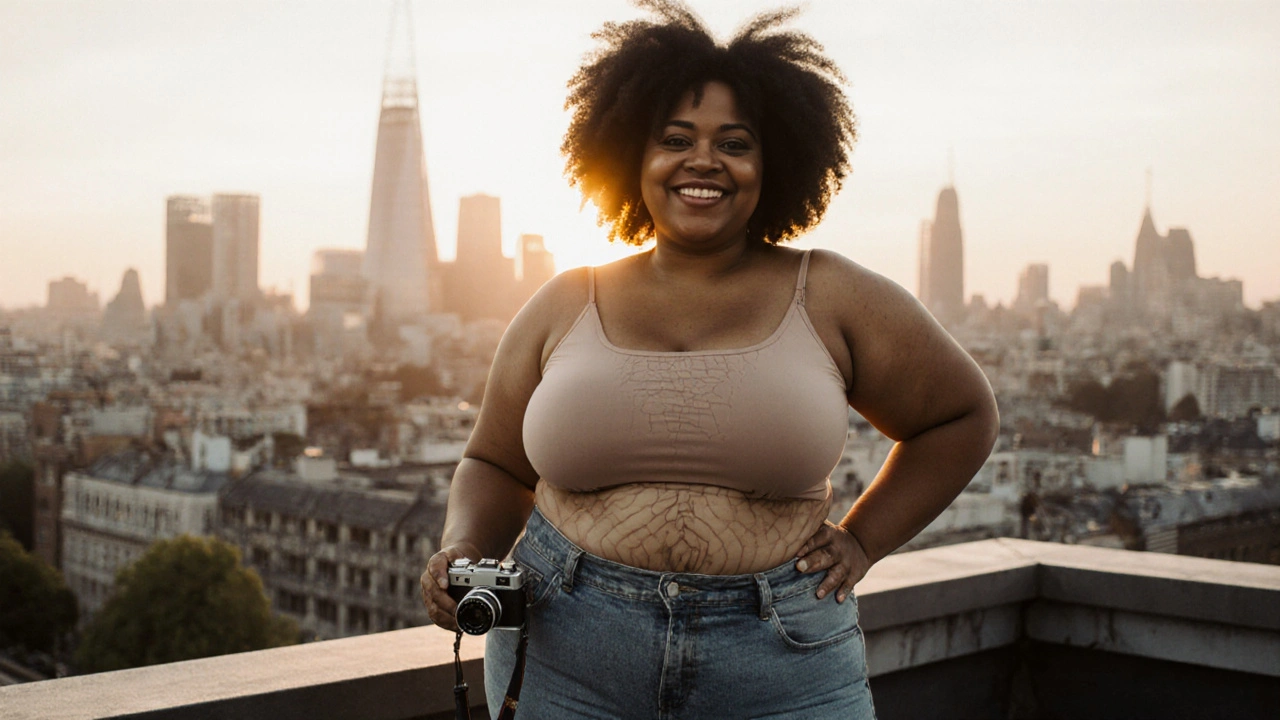
Who Gets to Be Beautiful?
Beauty standards aren’t neutral. They’re built on centuries of colonial ideals, racial bias, and capitalist pressure. Instagram models are pushing back by redefining who gets to be seen as beautiful.
Black nonbinary models like @kai.jamal, who has 1.1 million followers, post photos that center melanin, afro-textured hair, and genderfluid expression. Their content doesn’t ask for permission. It doesn’t explain. It simply exists. And it’s resonating. In 2023, Vogue Italia featured Kai in a 12-page spread-something that would have been unthinkable five years ago.
Even older models are joining in. @maria.65, a 65-year-old woman from London, started posting in 2021. She wears crop tops, leather jackets, and bold red lipstick. Her posts show wrinkles, gray hair, and a body that’s lived. She doesn’t say she’s "staying young." She says she’s living fully. Her following grew to 600,000 in under two years. Brands like L’Oréal and Uniqlo now regularly hire her.
Why This Matters Beyond the Feed
These models aren’t just changing how we see beauty. They’re changing how we see ourselves.
A 2024 study by the University of Oxford tracked 12,000 teenagers who followed gender-nonconforming Instagram models. After six months, 68% reported feeling more comfortable expressing their own gender identity. Only 14% said they still felt pressure to conform to traditional gender roles in how they dressed or posed.
It’s not just about self-esteem. It’s about safety. For trans and nonbinary youth, seeing people like them celebrated online reduces isolation. A 2023 report from The Trevor Project found that LGBTQ+ teens who followed diverse Instagram models were 30% less likely to report suicidal thoughts.
And it’s forcing industries to change. Modeling agencies that once only signed “clean-cut” men and “hourglass” women are now scouting models based on authenticity, not anatomy. Casting directors for fashion shows now ask: Does this person tell a story? Not: Do they fit the size chart?
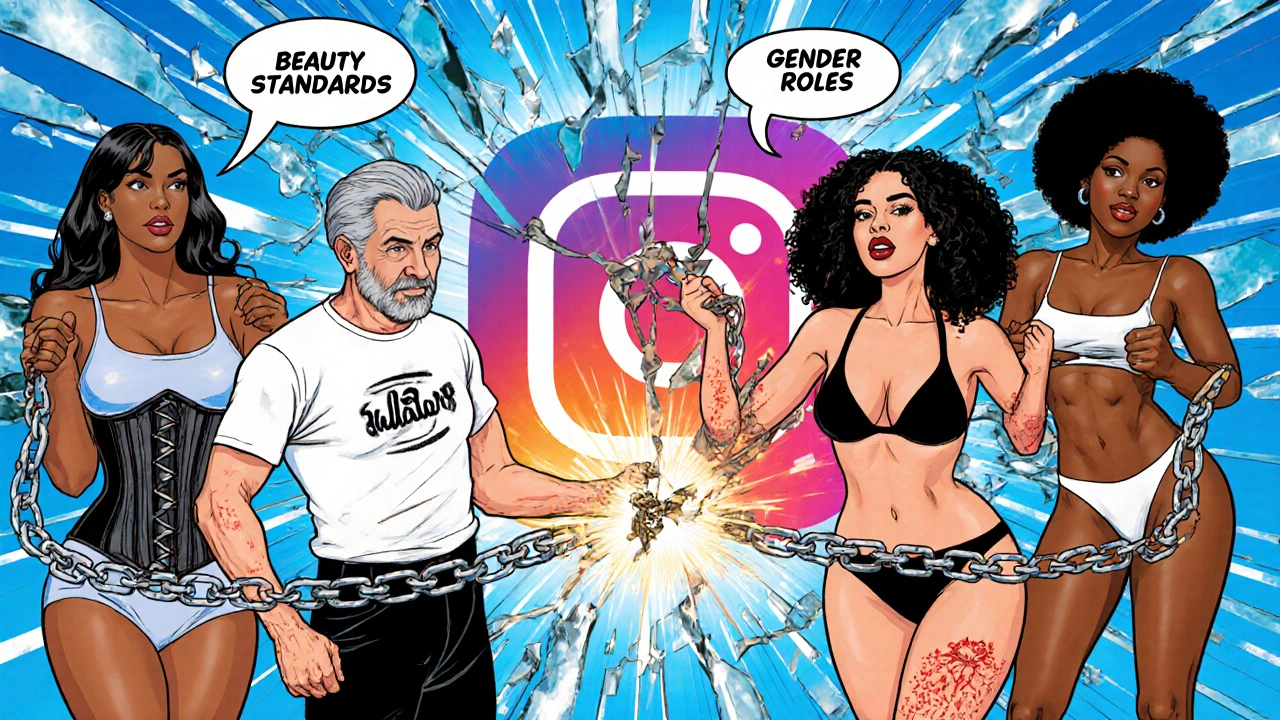
The Backlash Isn’t Quiet
Of course, this shift isn’t happening without resistance. Many of these models face hate comments, doxxing, and even death threats. @riley.void, a trans masculine model with 500K followers, was banned from Instagram twice in 2024 for “violating community guidelines”-despite posting nothing explicit. Both bans were reversed after public outcry.
Some brands still hesitate. A major cosmetics company turned down a campaign with @jules.moon, a nonbinary model with a muscular build and facial hair, saying their target audience “wouldn’t relate.” The campaign went to a competitor. Sales rose 22% in three weeks.
But the tide is turning. The algorithm no longer rewards perfection. It rewards connection. And connection comes from truth.
What Comes Next?
These models aren’t asking to be included in the old system. They’re building a new one.
More are launching their own brands-clothing lines, skincare products, even online academies teaching others how to build an authentic presence. @emily.no.filter started a free course on “Building a Brand Without Selling Your Soul.” Over 15,000 people enrolled in the first month.
Instagram isn’t just a platform anymore. It’s a movement. And the models leading it aren’t waiting for permission. They’re not asking to be accepted. They’re showing everyone what’s possible when you stop trying to fit in-and start being real.
Beauty isn’t about gender. It’s about courage. And right now, the most beautiful people on Instagram aren’t the ones with the most likes. They’re the ones who dared to be themselves-and changed the game because of it.
Are Instagram models changing the fashion industry?
Yes. Major fashion brands are shifting away from rigid gender-based casting. Designers are now hiring models based on authenticity, expression, and storytelling-not just body type or gender. In 2024, over 60% of runway shows at New York Fashion Week featured gender-nonconforming or nonbinary models, up from 12% in 2020.
Do Instagram models make more money than traditional models?
Many do. Independent Instagram models with 100K+ followers often earn more than traditional runway models. They control their brand, negotiate directly with companies, and keep 100% of their earnings. Top nonbinary and gender-fluid models now command $15,000-$50,000 per campaign, sometimes more than A-list runway models.
Can anyone become a gender-nonconforming Instagram model?
You don’t need to be a professional model. You just need to be honest. Many successful Instagram models started with no experience, no agency, and no budget. They posted one photo a day, stayed consistent, and focused on real expression-not filters or trends. Authenticity attracts followers faster than perfection ever could.
Why do some people criticize these models?
Some critics feel threatened by the breakdown of traditional gender roles. Others misunderstand the movement as a trend rather than a human rights shift. But the backlash often comes from outdated systems that profit from rigid beauty standards. The rise of diverse models directly challenges industries built on exclusion.
How can I support gender-diverse Instagram models?
Follow them, engage with their posts, share their work, and buy from their brands. Avoid commenting on their appearance or gender. Support their message by amplifying it. Don’t ask them to explain themselves. Just listen.
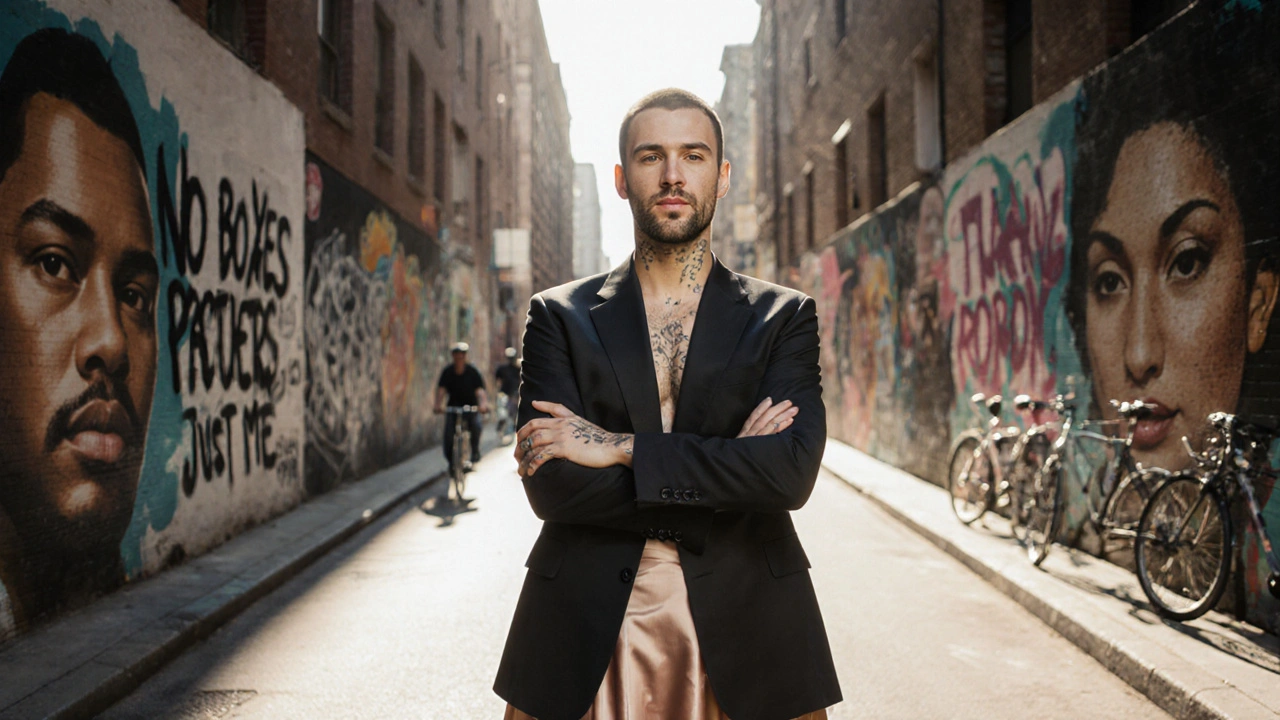

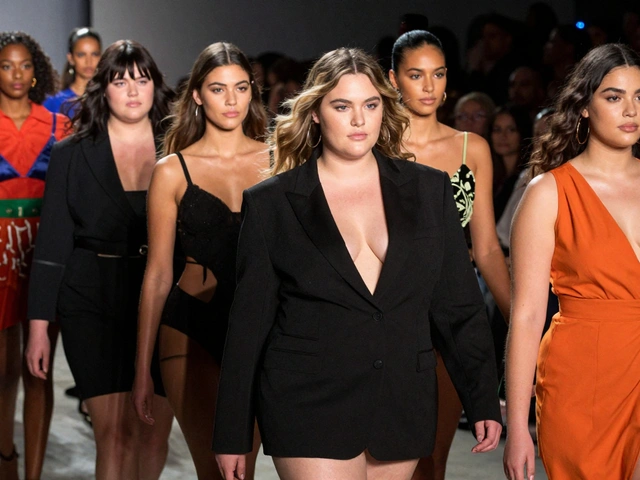
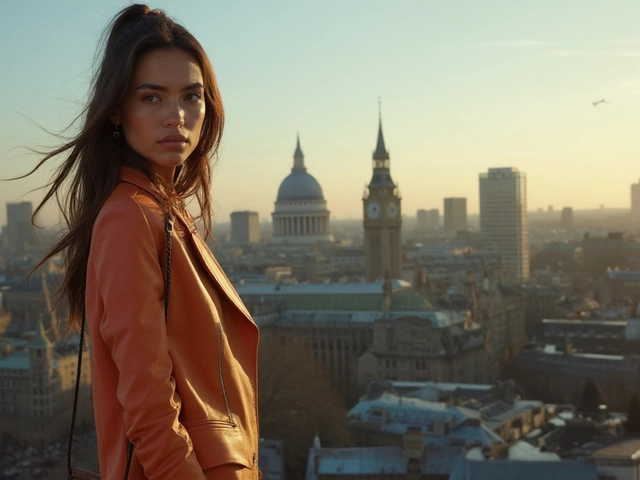

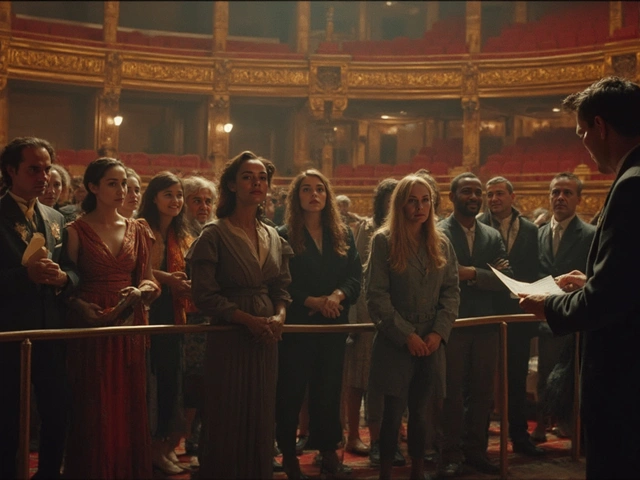
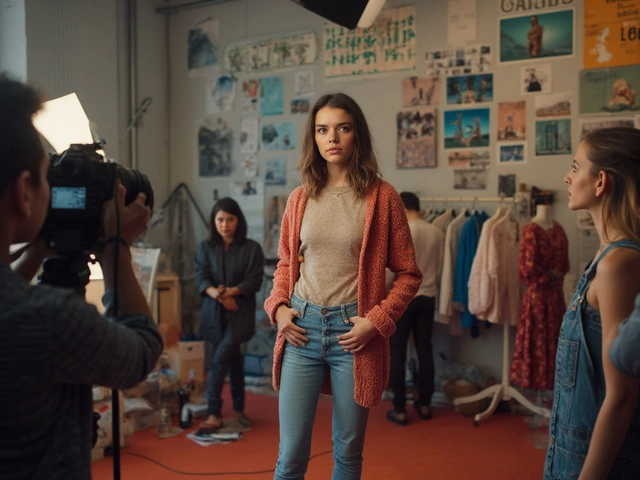
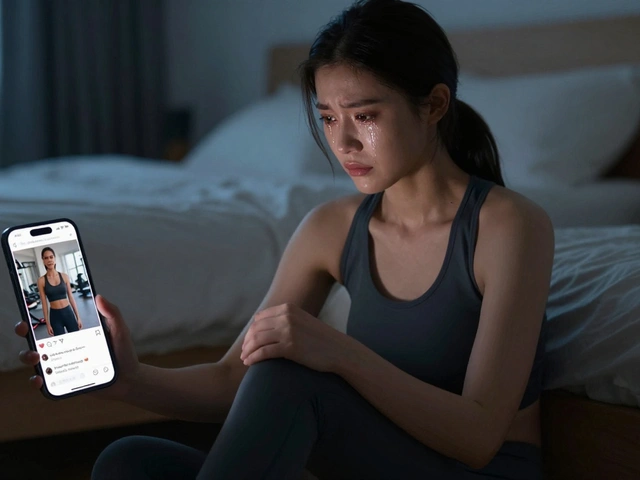
November 9, 2025 AT 13:14
Jason Hancock
This is all just performative wokeness dressed up as activism. People are tired of being told what to think. You think posting a photo with a muscle tee and eyeliner is revolutionary? Newsflash: it’s just fashion. The real revolution is when companies stop pandering to trends and start making clothes that fit actual bodies-not Instagram ideals. Also, who asked for this? I just wanted to see pretty people in nice clothes, not a gender studies lecture.
November 10, 2025 AT 06:01
Jill Norlander
While I admire the intent behind these movements, the language used in this article is alarmingly reductive and emotionally manipulative. To equate clothing choices with systemic change is not only intellectually lazy-it erases the real, structural barriers faced by marginalized communities. Furthermore, citing a single study from Oxford without contextualizing its methodology is irresponsible journalism. This is not empowerment; it’s commodified identity politics.
November 10, 2025 AT 15:56
Lynn Andriani
i just wanna say that i saw luna.soul’s post about stretch marks and cried?? like, not even joking. i’ve spent years hating my body and seeing someone say ‘these are maps of my survival’? it hit different. also, maria.65?? girl, you’re iconic. i’m 32 and just started wearing crop tops because of her. no filters, no edits, just real. also, sorry for the typos, my phone’s being weird lol
November 11, 2025 AT 10:15
Priyam Mittal
Brooo this is what real change looks like!! 🙌 I’m from India and trust me, we have SO much pressure to look a certain way-boys must be muscular, girls must be slim, no one dares to step out of line. But seeing @jordanthehuman and @ariel.xo? It gave me courage to be me. I posted my first pic in a saree with a beard last week. Got 500 likes and 300 hate comments. Worth it. Keep going, legends!! 💪❤️
November 13, 2025 AT 01:27
Jess Williams
There’s something profoundly human here-beyond aesthetics, beyond branding, beyond algorithms. What we’re witnessing isn’t just a shift in fashion; it’s a reclamation of the self from the machinery of expectation. The body has been policed for centuries-by patriarchy, by capitalism, by colonial gaze-and now, through the quiet defiance of a selfie, a pose, a caption-people are refusing to be reduced to a category. The real power isn’t in the likes-it’s in the silence that follows when someone says, ‘I am not what you think I am,’ and walks away unapologetic. That silence? That’s the sound of a system cracking.
November 14, 2025 AT 21:54
Stephanie Suttle
HOW DARE YOU say this is 'beauty'?! This is not beauty-it's chaos! Who gave these people permission to redefine what's attractive?! My daughter is 14 and now she wants to cut her hair off and wear cargo pants and call herself 'nonbinary' because of these Instagram posts! You're not changing beauty-you're destroying the very concept of it! And don't even get me started on how these models get paid more than REAL models who work HARD for years! This is a cult! A dangerous, algorithm-driven cult! I'm reporting this post to the platform!